



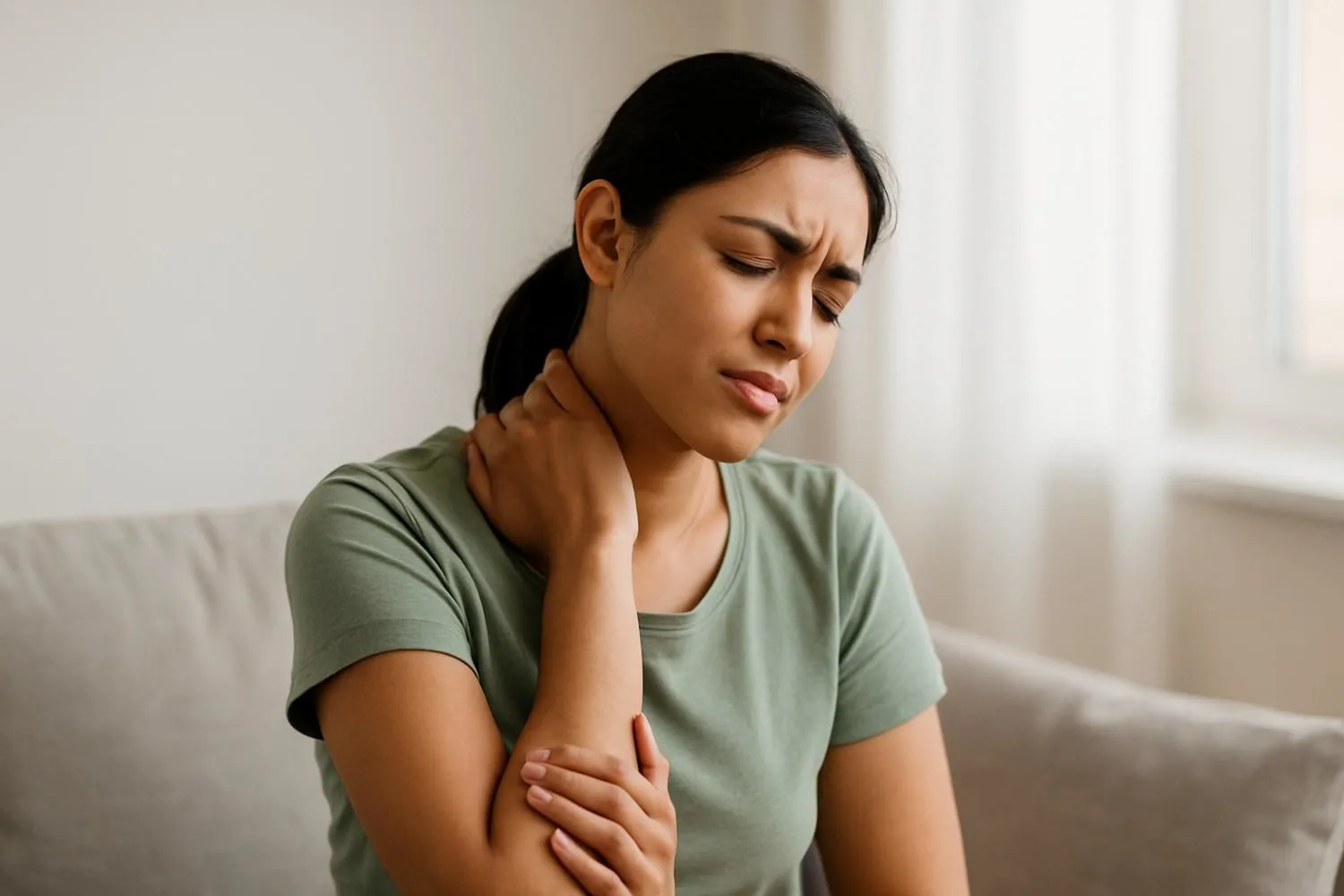
Author: Dr. Garima Bishwas
Yoga 0
Neck pain is fast becoming a daily reality in today’s fast-paced lifestyle. Long hours on laptops and mobiles, traffic commutes, and work-from-home setups have created a perfect storm for stiffness, headaches, and shoulder tightness. What begins as a mild ache can quickly affect focus, mood, sleep, and even arm function.
Physiotherapy vs painkillers: While painkillers may mask the pain for a few hours, they don’t correct posture, unlock stiff joints, or build the muscles that support your neck. Physiotherapy targets the root cause—mobility restrictions, muscle imbalance, and ergonomics—so relief lasts longer and flare-ups reduce.
Why choose a local physiotherapist in Vaishali: Recovery thrives on consistency. Seeing a nearby therapist makes follow-ups easier, enables personalized ergonomic advice for your actual home/office setup, and supports home-visit care when needed.
What Are the Common Causes of Neck Pain?
1. Poor posture (laptop/mobile use, long sitting hours):
“Tech neck” places extra load on cervical joints and muscles. A forward head and rounded shoulders are the classic recipe for pain and fatigue.
2. Muscle strain & stiffness:
Overuse of the upper trapezius/levator scapulae and weakness of deep neck flexors and scapular stabilizers lead to that “knotty” feeling and restricted movement.
3. Cervical spondylosis:
Age-related changes (disc dehydration, osteophytes) can cause morning stiffness, decreased range, and sometimes radiating symptoms. Physiotherapy can’t reverse aging, but it can optimize movement and reduce pain.
4. Whiplash or injury:
Sudden acceleration/deceleration—whether from a minor mishap or sports—irritates soft tissues and facet joints, causing sharp pain and muscle guarding.
5. Stress and lack of exercise:
Stress elevates muscle tone; inactivity deconditions stabilizers. Together, they amplify neck tightness and recurrence.
How Can Physiotherapy Help with Neck Pain?
1. Relieves stiffness & muscle tightness:
Soft-tissue release, joint mobilizations, and guided stretching reduce guarding and improve circulation.
2. Improves mobility and posture:
Restoring glide in the cervical and upper thoracic segments helps you rotate, look up, and sit taller with less strain.
3. Strengthens neck and shoulder muscles:
Targeted activation of deep neck flexors, lower trapezius, and rhomboids builds postural endurance.
4. Prevents recurrence with long-term care:
Ergonomic training, habit stacking, and a short home program keep everyday loads within your body’s capacity.
What Physiotherapy Treatments Are Available in Vaishali for Neck Pain?
1. Electrotherapy (TENS, IFT, Ultrasound):
Helpful in early stages to calm pain so you can start moving comfortably.
2. Manual therapy & mobilization:
Hands-on techniques reduce joint restrictions and ease myofascial tightness, especially in the upper trapezius, levator scapulae, and suboccipitals.
3. Stretching and strengthening exercises:
Progress from gentle range-of-motion to isometrics, then add resistance to build endurance for daily tasks.
4. Posture correction training:
Learn quick “reset” drills—chin tucks, scapular setting, and thoracic extension—that fit into micro-breaks during the day.
5. Heat/cold therapy:
Heat helps relieve stiffness; cold is useful during acute flare-ups or after higher-load activities.
6. Ergonomic advice for daily routine:
Screen at eye level, elbows at ~90°, and lumbar support to help stack the ribcage so the neck doesn’t overwork.
Why Choose Neck Pain Physiotherapy in Vaishali?
1. Certified and experienced physiotherapists nearby:
Local experts understand the work patterns and commute realities of Vaishali residents.
2. Affordable and personalized care:
One-to-one attention, active rehab, and clear home plans—not a one-size-fits-all machine-only protocol.
3. Home physiotherapy options available:
Ideal for seniors, new moms, or busy professionals who prefer recovery at home.
4. Easy accessibility for residents of Vaishali:
Shorter travel means fewer missed sessions and better outcomes.
Which is the Best Physiotherapy Clinic in Vaishali for Neck Pain?
Omansh Physiotherapy & Rehab Center, Vaishali — We focus on evidence-based neck pain treatment with manual therapy, targeted exercise, and ergonomic coaching. Appointments are flexible, and home visits are available across many neighborhoods.
-
Learn about our team: About Our Physiotherapists
-
Book a slot: Book Appointment
-
Have a question? Contact Omansh
How Many Sessions Are Needed for Neck Pain Physiotherapy in Vaishali?
-
Mild pain: Typically 1–2 weeks (about 2–3 sessions/week) to reduce stiffness and restore comfortable range for daily tasks.
-
Chronic or recurrent pain: Usually 4–6 weeks or more to rebuild postural endurance, resolve movement deficits, and coach ergonomic habits.
-
It depends on age, duration of symptoms, imaging (if any), daily load, stress level, and how consistently you practice your home plan.
Lifestyle Tips Along with Physiotherapy to Prevent Neck Pain in Vaishali
1) Maintain correct posture while working/studying:
Think “ears over shoulders, shoulders over ribs.” Keep screens at eye level and hips slightly higher than knees for prolonged sitting.
2) Take regular breaks from screens:
Every 30–40 minutes, stand, roll the shoulders, and look far into the distance for 20 seconds. Set a silent phone reminder if needed.
3) Do neck stretches & strengthening daily (5–7 minutes):
-
Chin tucks (gently lengthen the back of the neck; hold 5s × 8–10)
-
Upper trapezius & levator scapulae stretches (20–30 s each side × 2)
-
Scapular retraction (pinch shoulder blades down/back; 10–12 reps)
-
Thoracic extension over chair back (gentle, pain-free)
-
Isometric side holds (lightly press head into hand; 5s × 5 each direction)
4) Use ergonomic pillows and chairs:
A medium-height pillow that supports the cervical curve helps side and back sleepers.
5) Avoid sudden jerks or strain:
Keep heavy bags off one shoulder; distribute the load with a backpack. Warm up before workouts.
6) For pregnant/postpartum women:
Prefer side-lying for rest, avoid prolonged prone lying, and use breath-led core-ribcage mechanics for stability.
7) Manage stress:
Short mobility breaks, hydration, and sleep hygiene reduce stress-linked muscle tone.
Conclusion
Neck pain is highly treatable with the right plan. Local access, personalized sessions, and a small daily routine make the biggest difference. Vaishali residents can get effective neck pain treatment in Vaishali through a blend of manual therapy, targeted exercises, and ergonomic coaching—plus home visits when needed.
Ready to move easier and sleep better?
Book your consultation at Omansh today: Book Appointment or Contact Omansh.
FAQs
1) Which is the best physiotherapy clinic for neck pain in Vaishali?
Omansh Physiotherapy & Rehab Center provides individualized care with manual therapy, exercise progression, ergonomic training, and home-visit options.
2) How many physiotherapy sessions are required for neck pain?
Mild cases often respond in 1–2 weeks; chronic/recurring cases may need 4–6 weeks or more. Your consistency with exercises and ergonomic changes is the biggest success factor.
3) Can physiotherapy cure cervical spondylosis permanently?
Physiotherapy can’t reverse age-related changes, but it can significantly reduce pain, improve mobility, and help you function normally by optimizing muscle balance and joint mechanics.
4) Is home physiotherapy available for neck pain in Vaishali?
Yes. We offer home physiotherapy in Vaishali—ideal for seniors, new moms, or anyone who prefers recovery at home.
5) How much does neck pain physiotherapy cost in Vaishali?
Fees vary by therapist experience, session duration, and whether it’s in-clinic or at home.
6) What exercises help relieve neck pain quickly?
Start with chin tucks, scapular retractions, gentle sidebends/rotations, and upper-trap/levator stretches. Progress to isometrics and light resistance under guidance.
7) Does physiotherapy help in stress-related neck stiffness?
Absolutely. Manual release, breathing drills, mobility work, and posture training lower muscle tone and reduce flare-ups.
Add comment

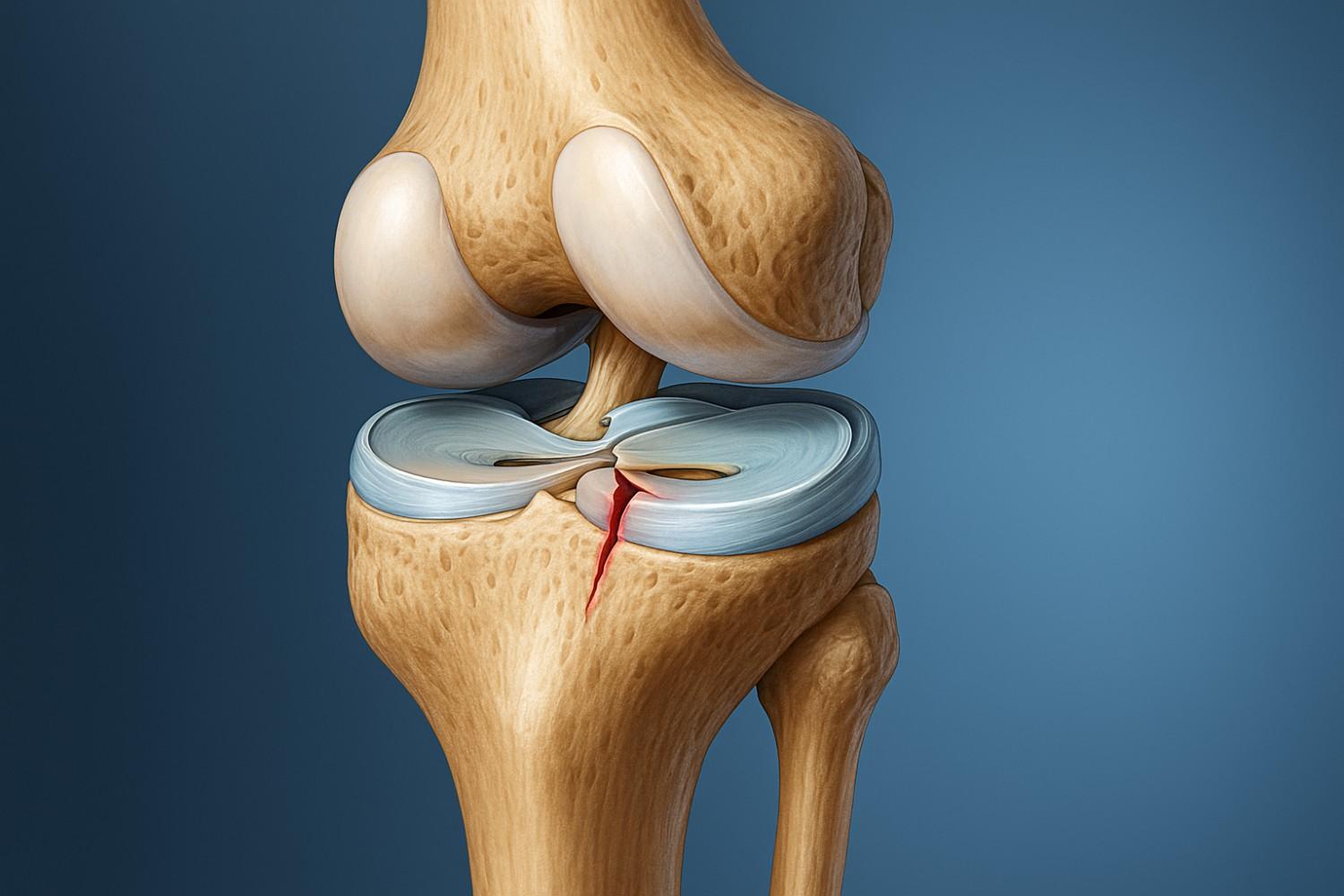
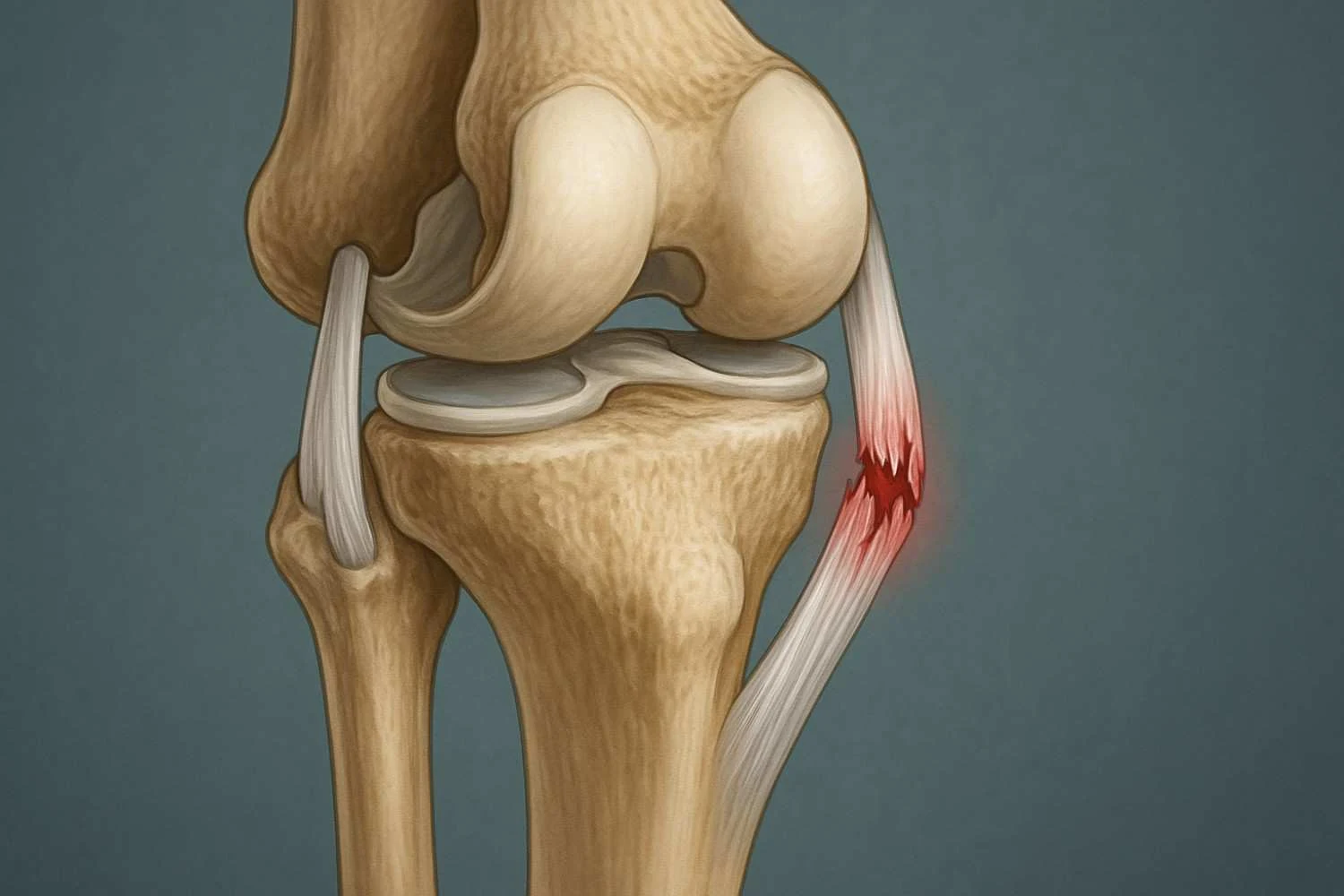


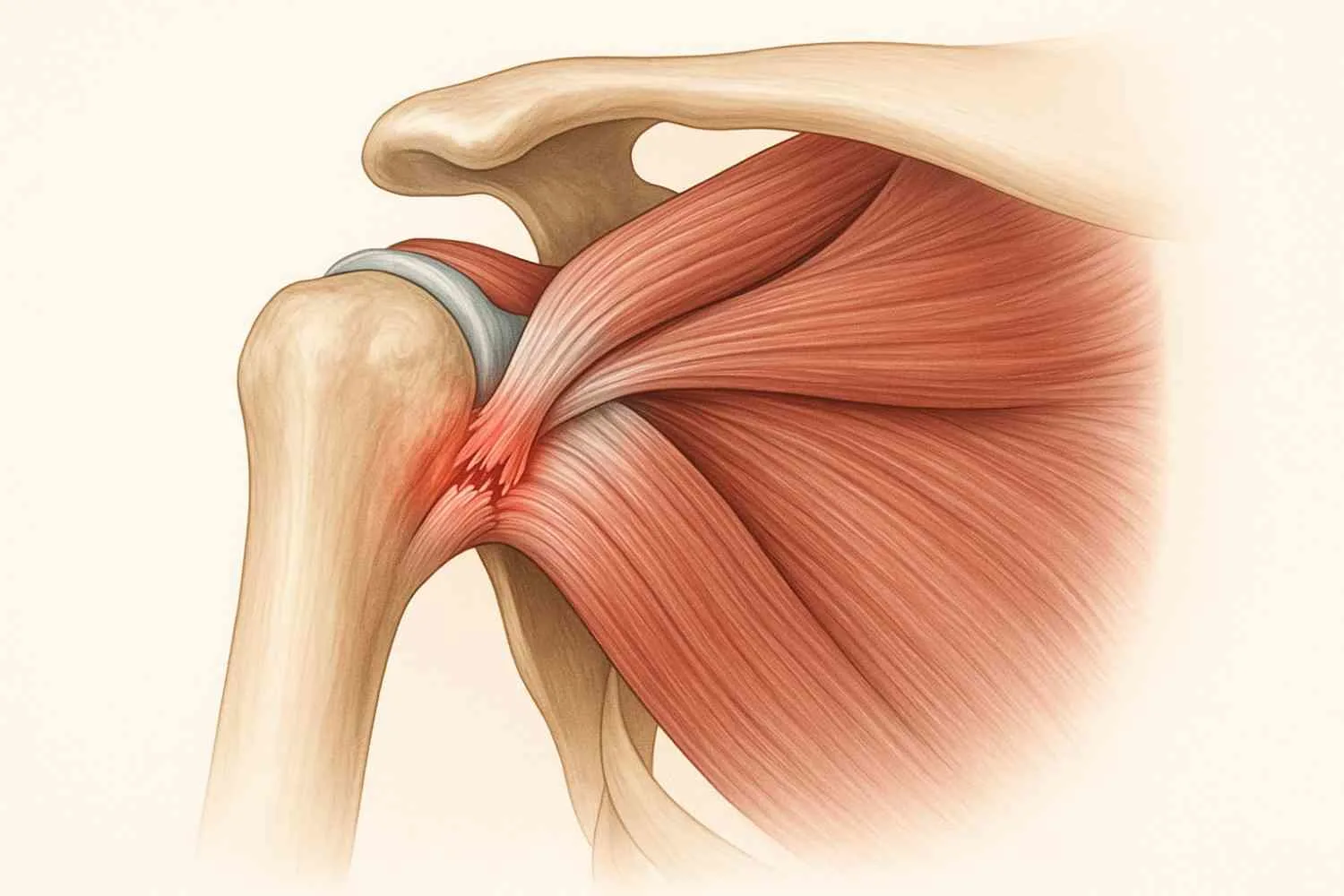
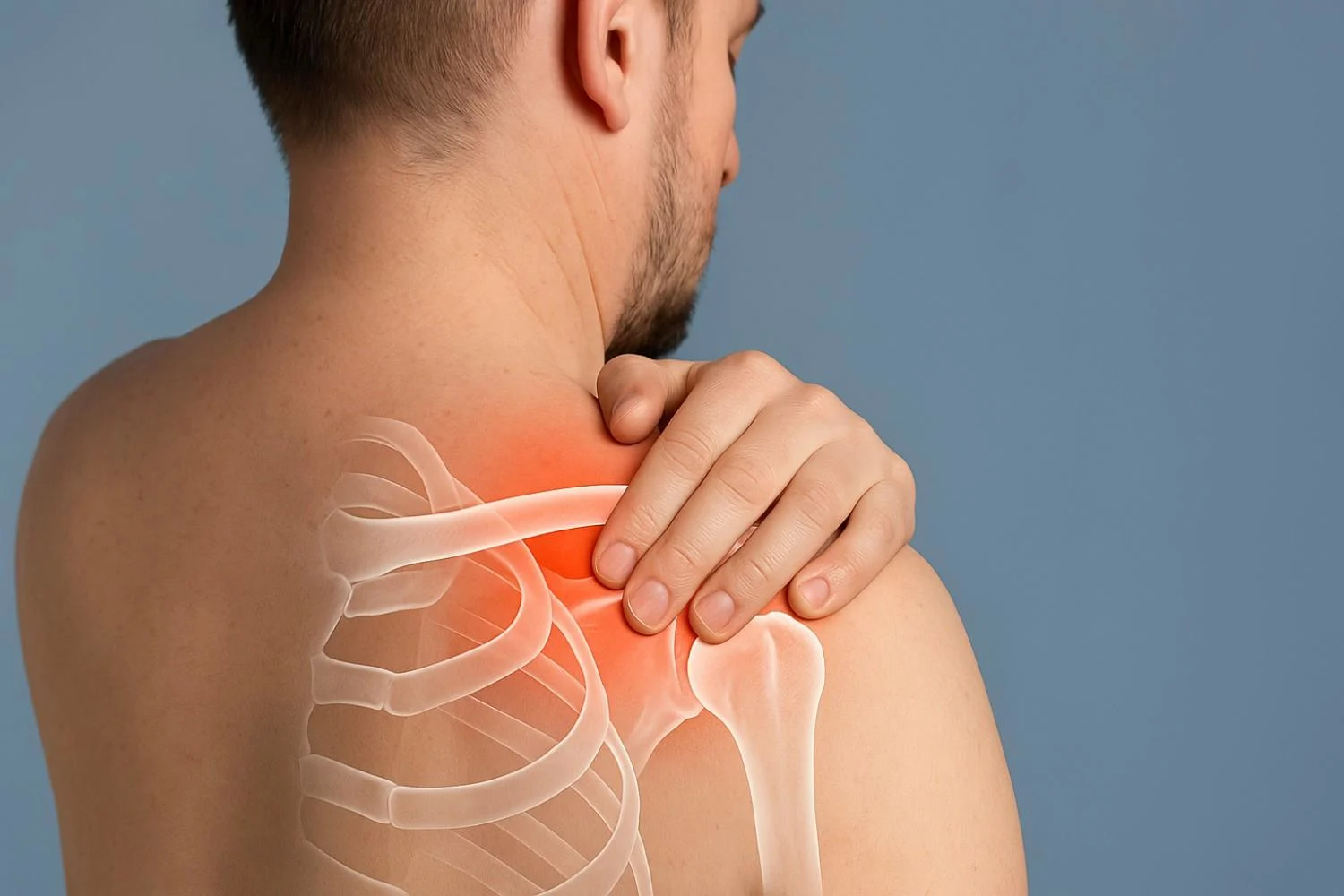
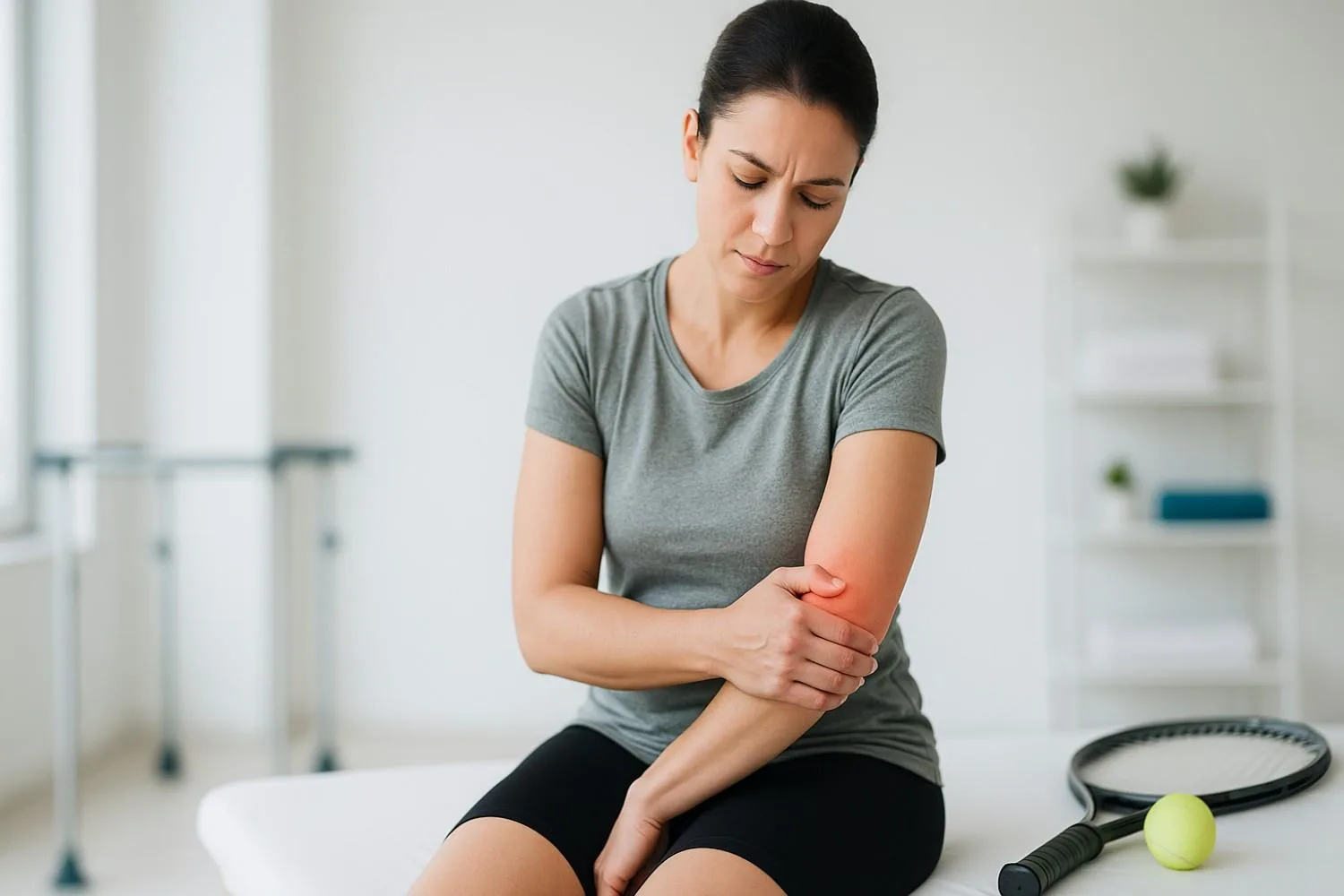
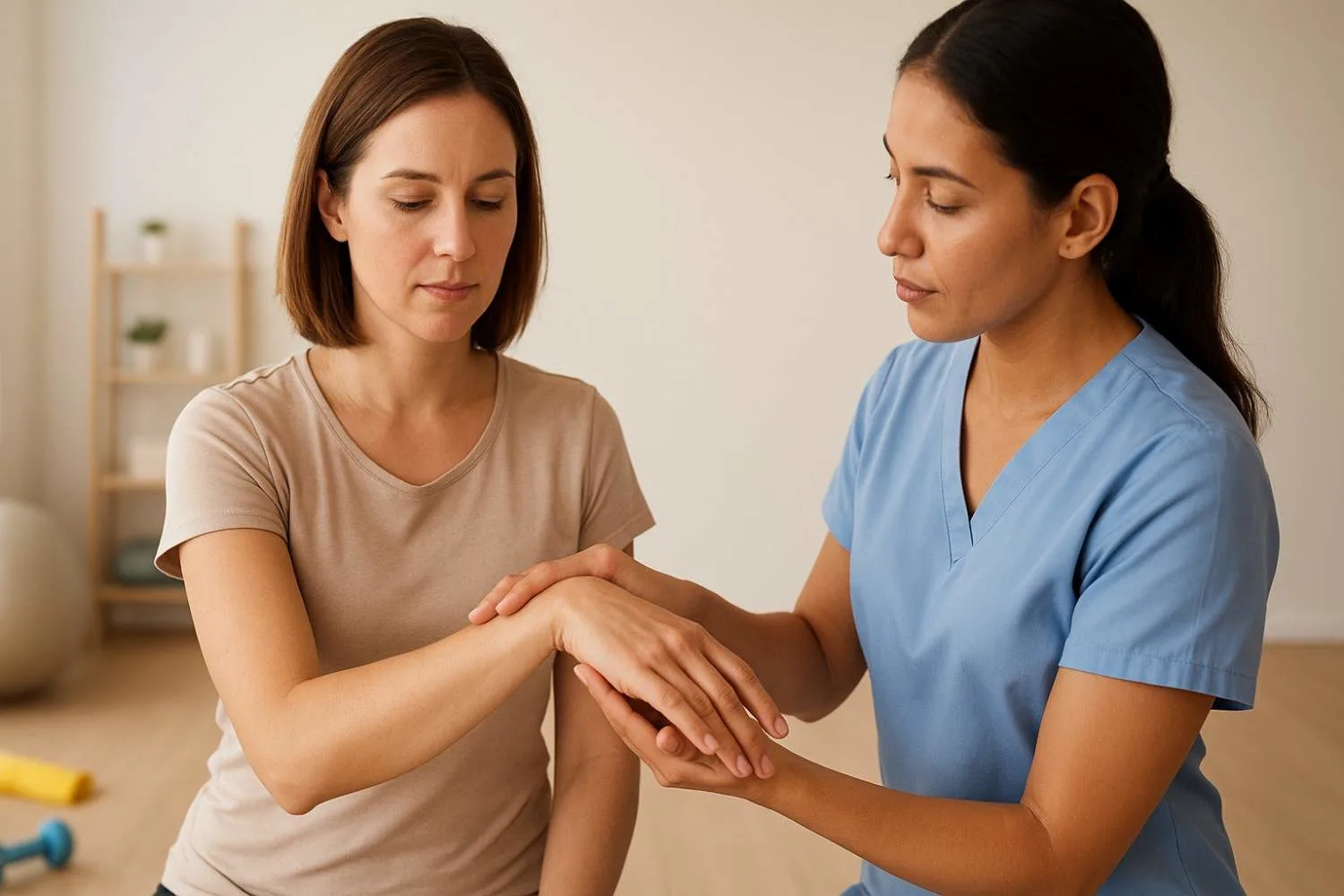
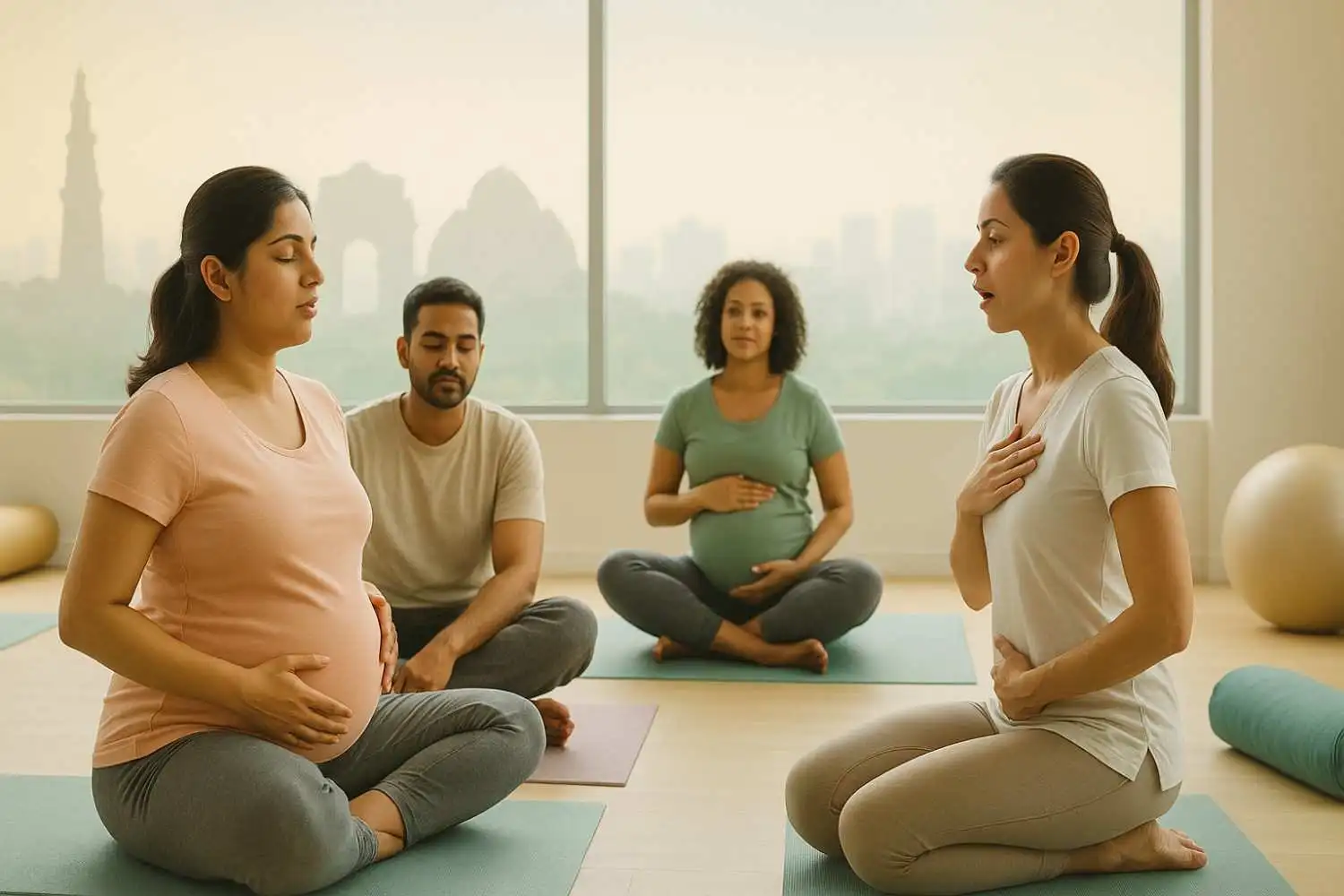
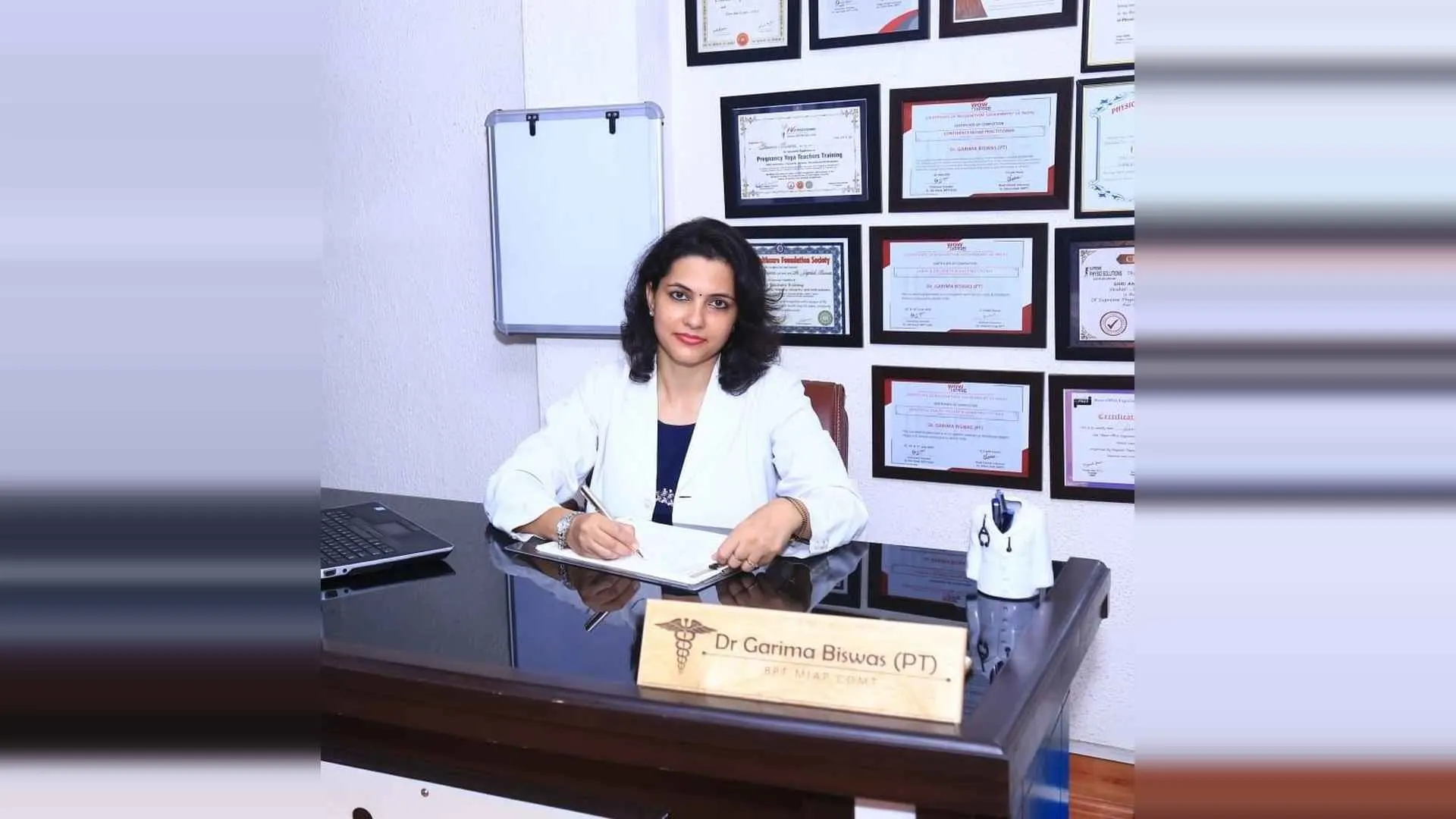
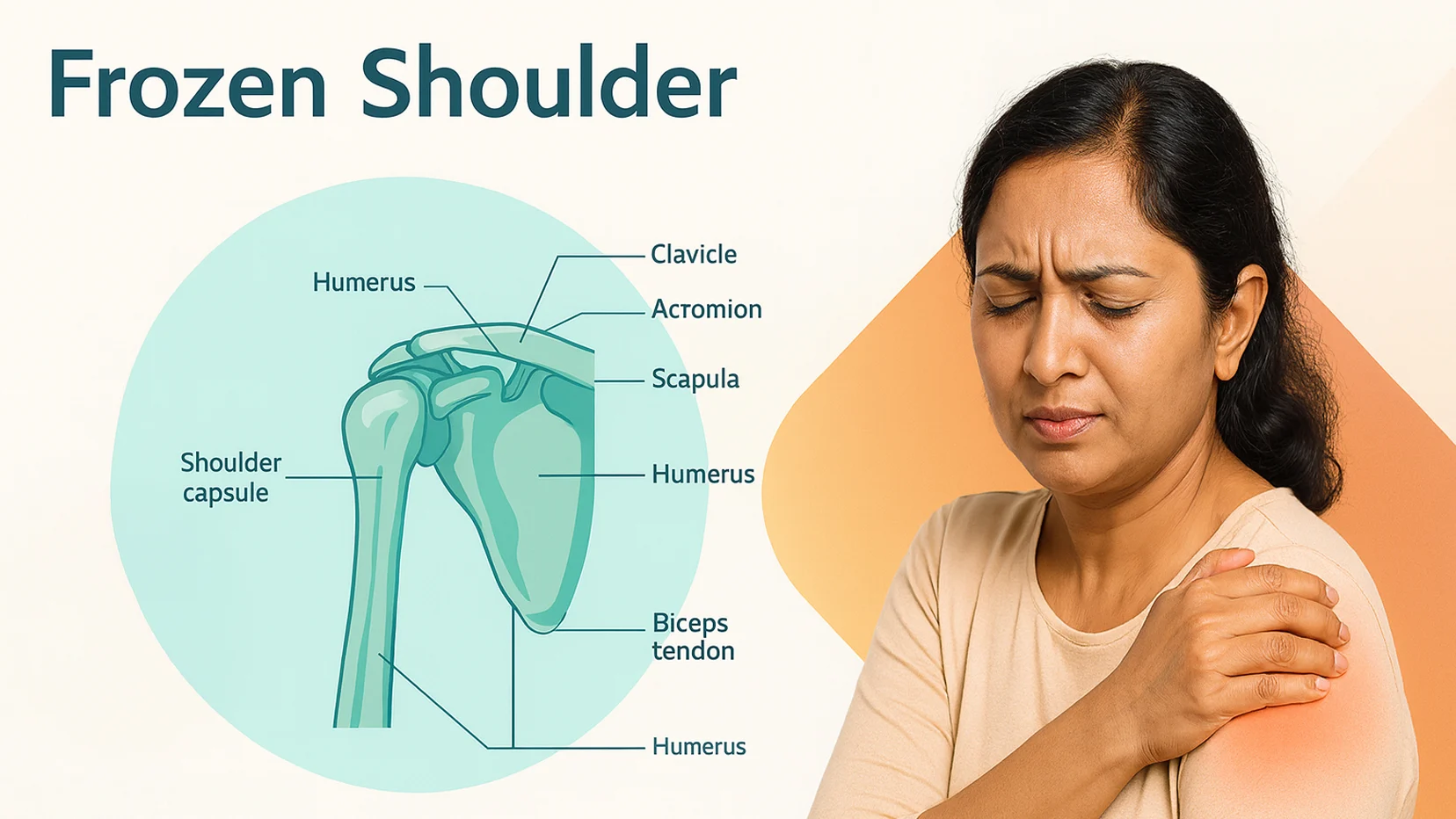
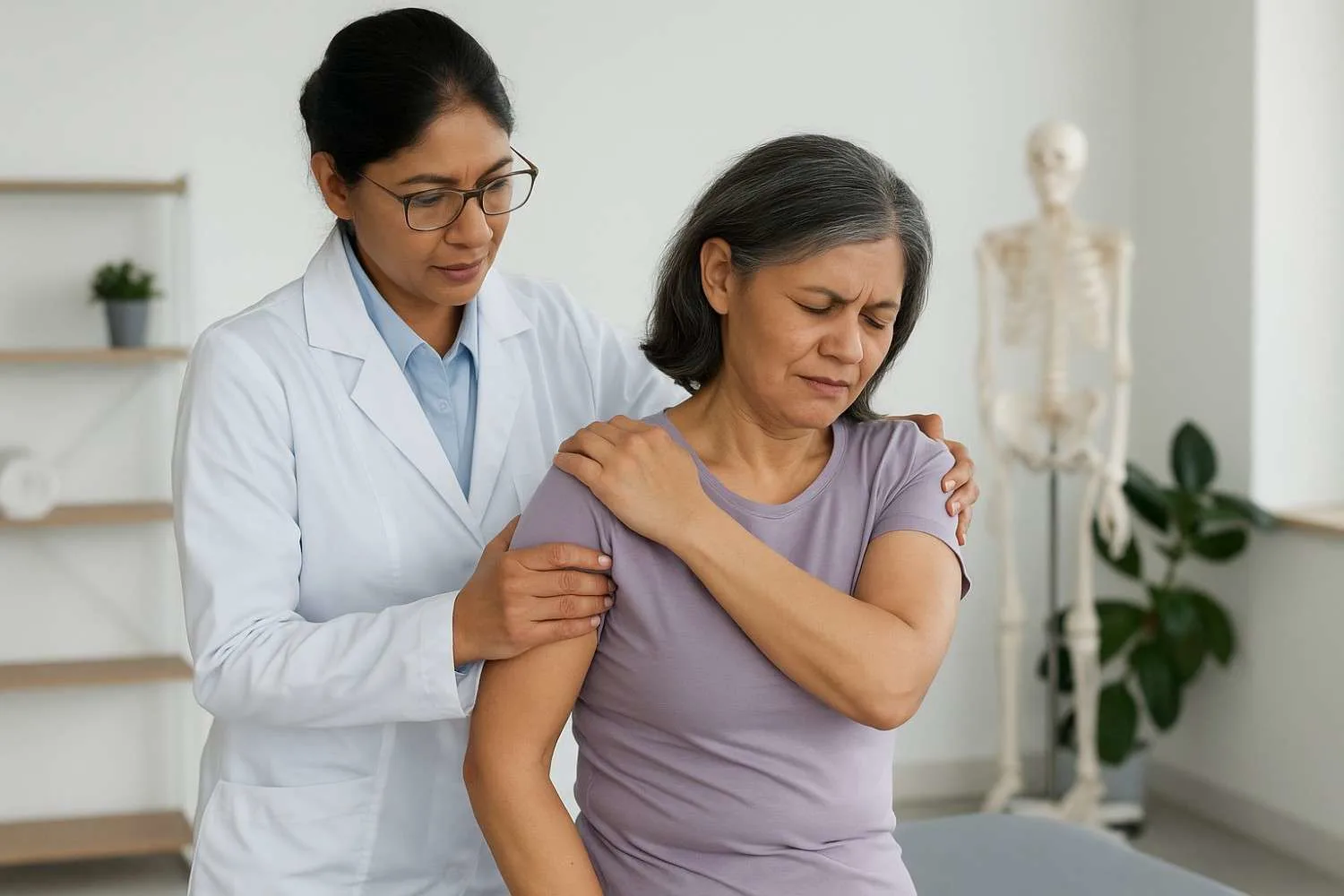
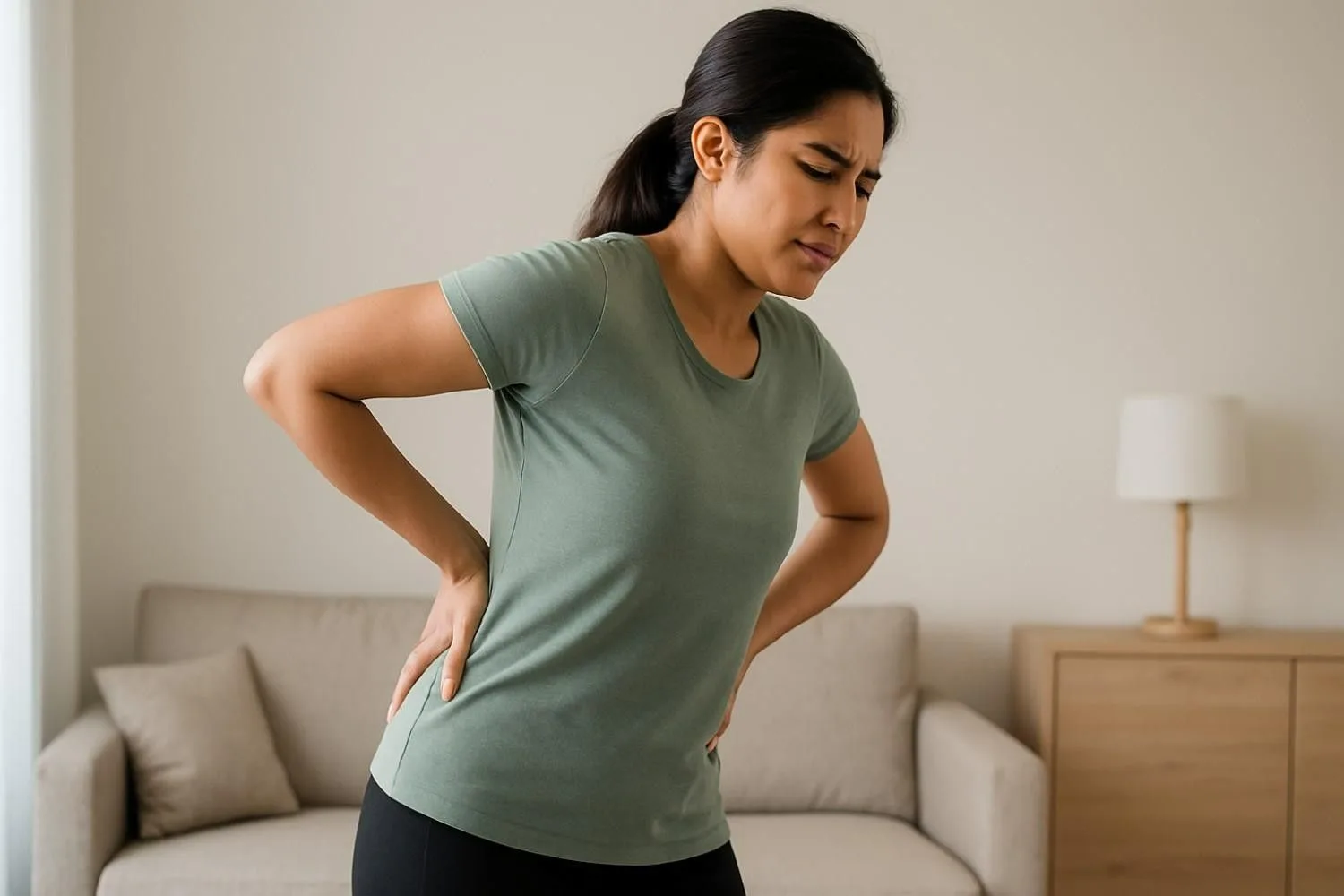


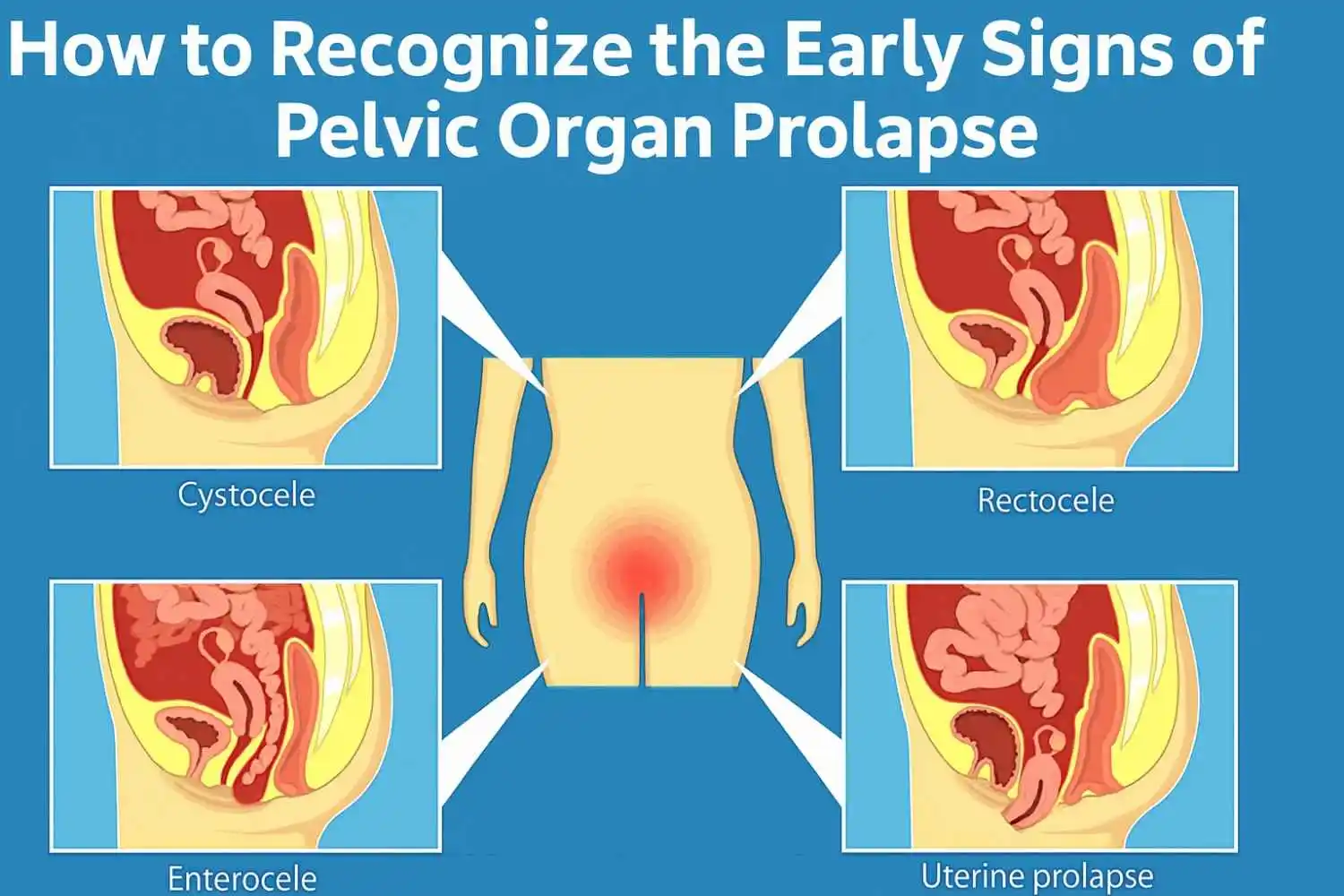
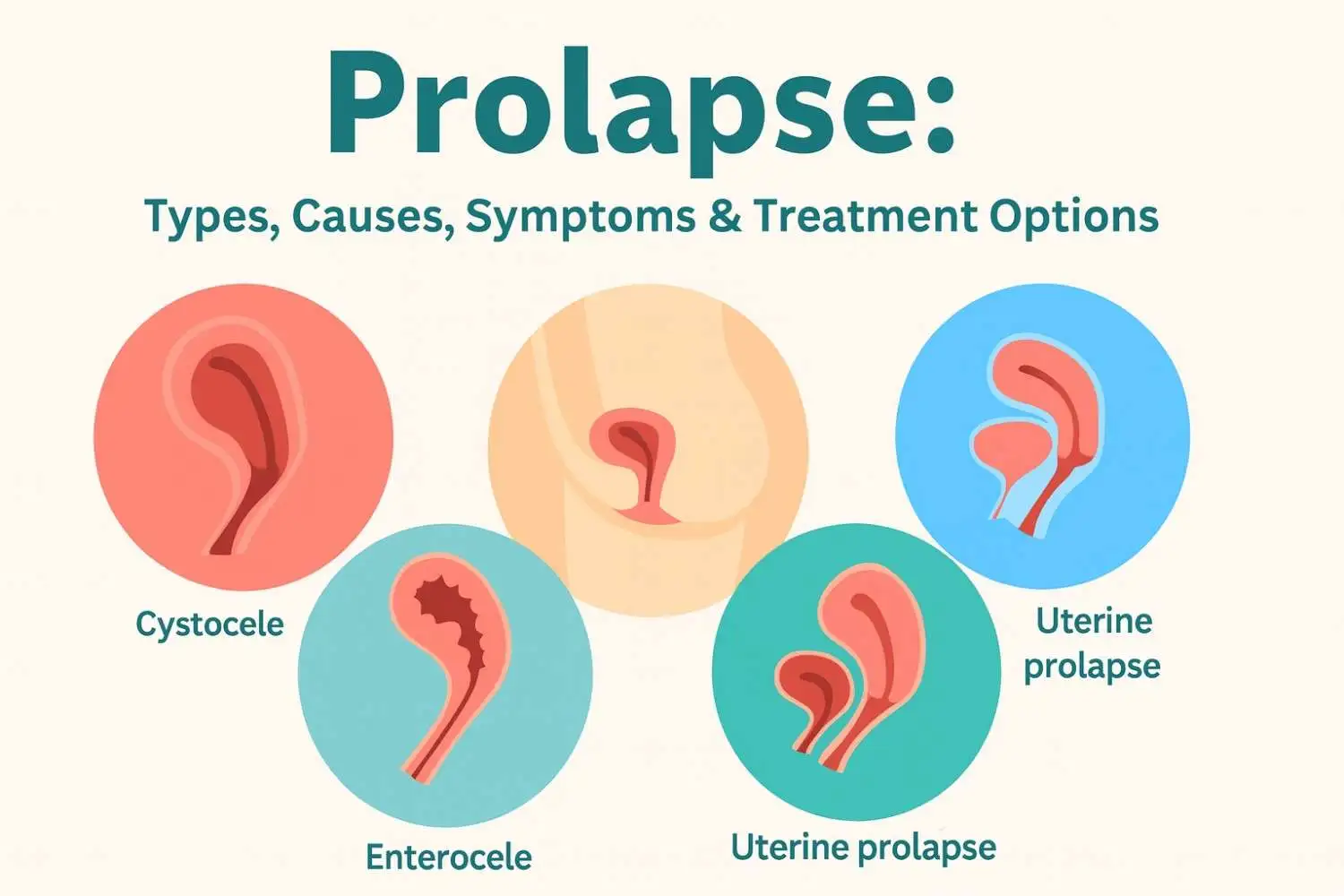









.webp)





.jpg)






































